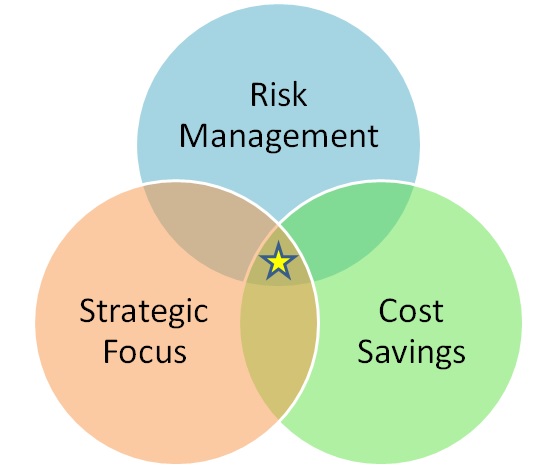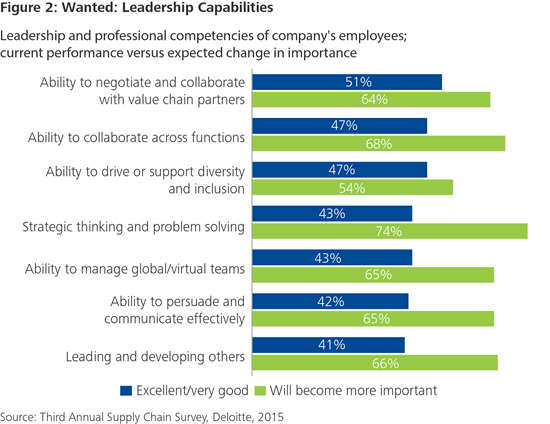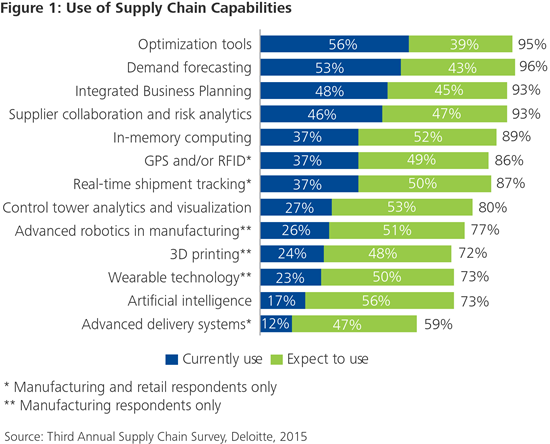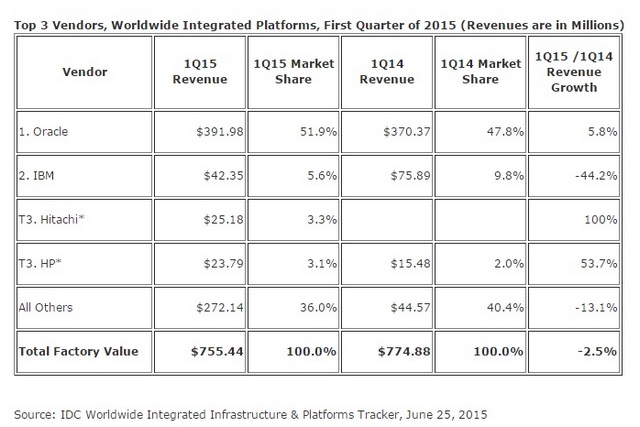Strategic sourcing and its cousin procurement have always been welcoming of innovation and automation.
Anybody with a business degree knows the basics about warehouse procurement and the 40-year-old ability to have a computer system automatically purchase more of a “widget” when inventory is too low.
Then the ability for a system to search against multiple suppliers for the best price of said “widget” was introduced. We are cooking with gas!
Customers seem to think that this level of computer intelligence and automation is limited to commodities. It is becoming clear that is not the case.
Contracting
The physical act of papering a deal can be tedious and time consuming. Evolved sourcing departments have developed templates to ease the process. As the work becomes more repetitive and less strategic, departments look to have that work performed by third parties or entry level positions.
Those jobs will not be transferred or go offshore in the coming years, they will be completely automated via computer systems.
Don’t believe me?
Did you know that several articles being released by the associated press are written by bots?
A company called Automated Insights created a program called WordSmith that generates simple news stories based on things like sporting events and financial news. The stories are published on Yahoo! and via the Associated Press, among other outlets.
It is only a matter of time before this technology is turned to repeatable contracting events eliminating simple transactions. Solutions from Seal software are already close to making this happen.
Market Intelligence
Senior level sourcing professionals might take comfort in the higher functions they are performing such as category management and supplier performance. In the coming years this job will become easier. Bad news is there will be less jobs.
Frequent readers of this blog will notice a reporting trend on IBM’s Watson technology.
Right now Watson is focused on mining health information, social media, and big data. There will inevitably be a focus on supply chain market conditions. It has the potential to become a living, breathing Gartner report that changes daily focusing on software, services, labor pricing, and even cloud pricing (and thus a hybrid of commodity and service). And if Watson doesn’t do it, somebody else will eventually.
Having a system that is monitoring which suppliers are getting into certain service markets and who is doing well and who isn’t (via formal reports and customer feedback via social media) is very powerful. There may be well-meaning sourcing professionals who are doing this by hand right now (hello), but it takes days or sometimes weeks (trust me) – with AI, it can be done in minutes.
Will your job go away? No. But a company will be able to do so much more with less bodies.
Moving Forward
Even with automation reducing certain kinds of jobs, the good news if you are a sourcing professional is that there is a looming talent crisis. The key is to have the right skill set…

Be thankful it wasn’t a pie chart
Sourcing departments are essentially responsible for risk avoidance and cost reduction/savings. The better teams also provide strategic focus and trending for their customers.
The days of martini lunches with the big box sellers are over. They are being replaced by analytic dashboards and reverse auctions (maybe we can make serving mint juleps at the auctions a thing). Take a look at the capabilities companies are focusing on:

Change is coming (I was going to make a terrible Game of Thrones reference and say “winter is coming” but that sounds so ominous and I am already going with a terminator theme). Automation, bots, and other AI technology are going to impact the procurement and sourcing industries… for the better.
As platforms become more transferable via Openstack and other open source initiatives (and as software itself becomes a platform), the view will shift from an intangible/incomparable concept of service into a familiar commodity-like view that can be evaluated and presented like a rising or declining stock asset (with the same dashboards and buying intelligence ). Sourcing professionals and their customers will finally have the right mix of information to make better decisions and develop true supplier strategies.






